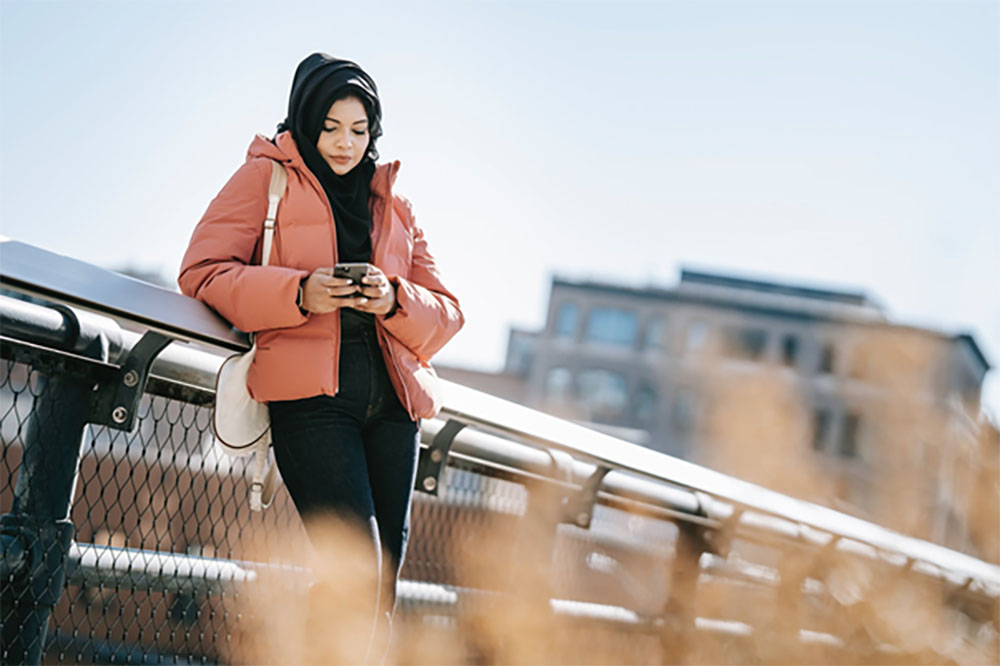Dating apps have changed the way people connect. Right from your mobile device, you could end up finding the person you spend the rest of your life with.
If two people swipe right on one another, they could be going on a date. Better yet, they could be on an adventure of a lifetime with a vintage 4-carat engagement ring.
But what does the future hold for dating apps?
Online Dating Before Apps
Matchmaking has been around for centuries. But in 1965, two students from Harvard created the very first electronic matchmaking system. The system claimed to have roughly 90,000 participants using its services.
Eventually, this transformed over the years as technology began to advance.
Before there were any apps to swipe right or left, there was one prominent website that lead the way. Match.com was launched in 1995 as a platform to connect like-minded individuals in hopes of finding love.
People using the platform would complete full-length bios that gave in-depth descriptions of who they were, their interests, and what they were looking for in a partner.
Over the next several years, more websites came about such as Plenty of Fish and eHarmony.
The Transformation Of The Dating App
Everyone thinks the first dating app was Tinder, mostly because of how popular it became.
The first dating application was Skout which started in 2007. Following that in 2012 was a company called Highlight. Both used location-based services to provide people a means of connection through proximity.
After the launch of Tinder in 2012, more dating apps began hitting the market. Mainly because Tinder was getting a bad reputation for simply being a “hook-up app.” Each one of these dating services catered to someone’s specific desires in what they wanted from a relationship, their beliefs, and their sexual orientation.
Hinge, Bumble, and even major websites like OkCupid jumped on board by providing a more personal approach to dating.
Hinge’s tagline is “The Dating App Designed To Be Deleted,” with its primary goal being to help people find long-term relationships. Bumble designed its app to cater to women since they were the only ones allowed to start the conversation first.
But regardless of how well these applications tried to cater to their audience, millions of people were aimlessly swiping on their phones. This led to inauthentic relationships and a lot of disappointment from those who took it seriously.
The Future Of Dating Apps
During the COVID-19 global pandemic, companies within this industry had to take a hard look at how they were operating. People during the lockdown were in dire need of connection and suffered from severe cases of loneliness.
Since social distancing was in place, no one could physically go on dates. The apps had to start thinking outside of the box.
Bumble, for instance, began setting up virtual date options right through the app they called, “Night In.” Tinder created live virtual game nights and other interactive features.
These new services gave people an opportunity to get to know the people they were swiping right on. In turn, this began building a genuine connection with others that would translate when they finally had the opportunity to meet in person.
The goal of any app is to get people to spend as much time on it as possible. The longer they use it, the more money they make. Getting people to utilize these types of “dating” features within the app bodes well not only for the user but for the companies creating them as well.
Conclusion
People know what they’re looking for, whether it’s something casual or a long-term relationship. The pandemic gave clearer direction as to what people wanted and companies are having to find ways to adapt. Intentionality will be at the forefront moving forward to make these dating apps work in favor of the user.


